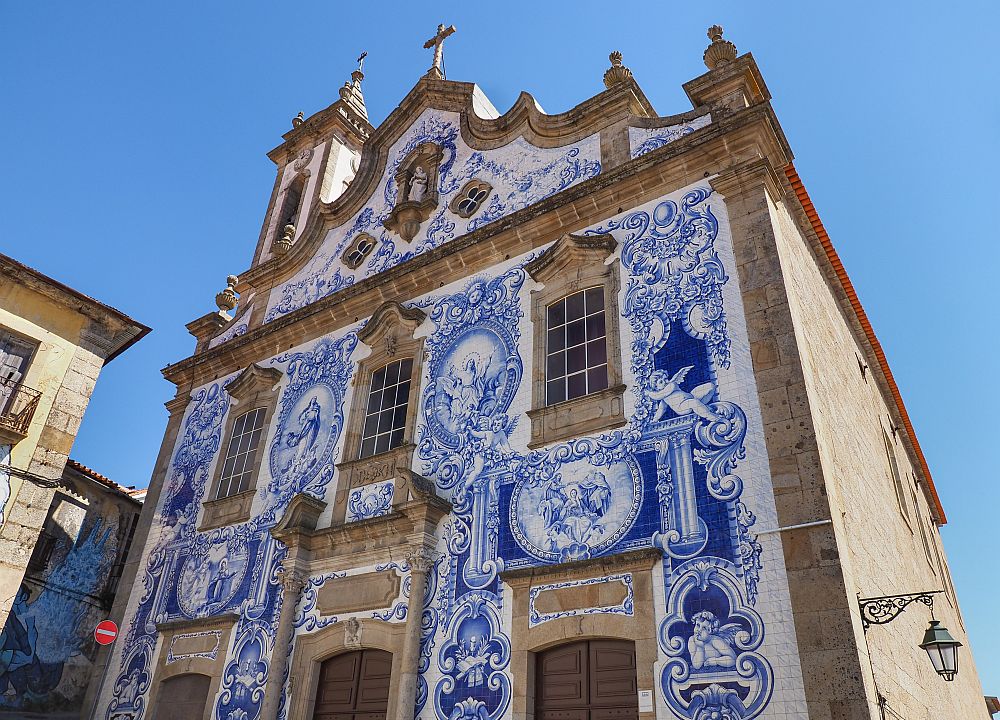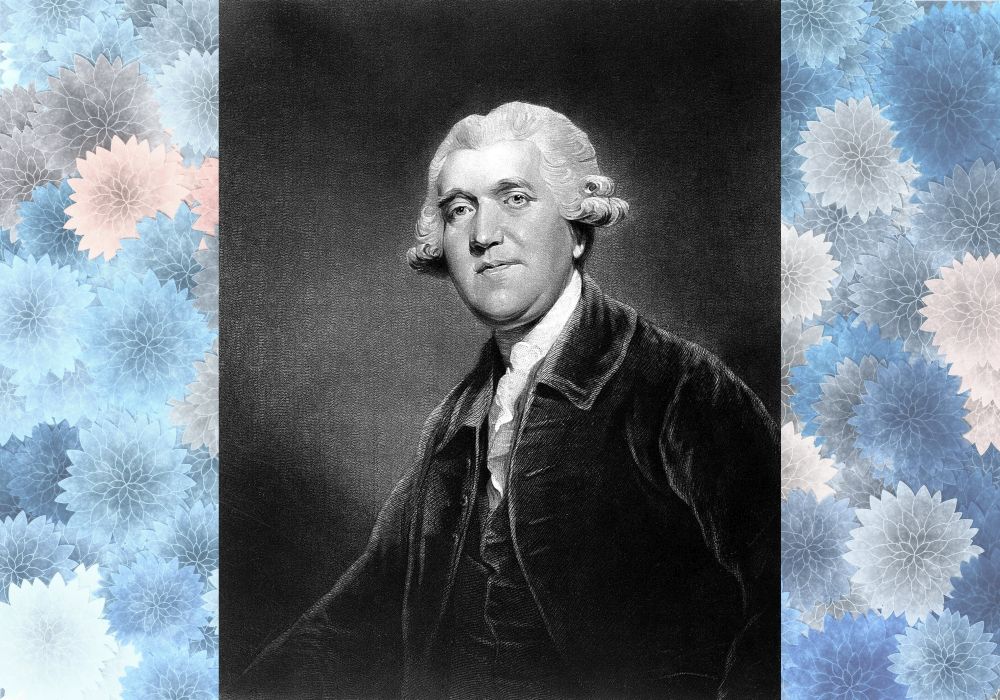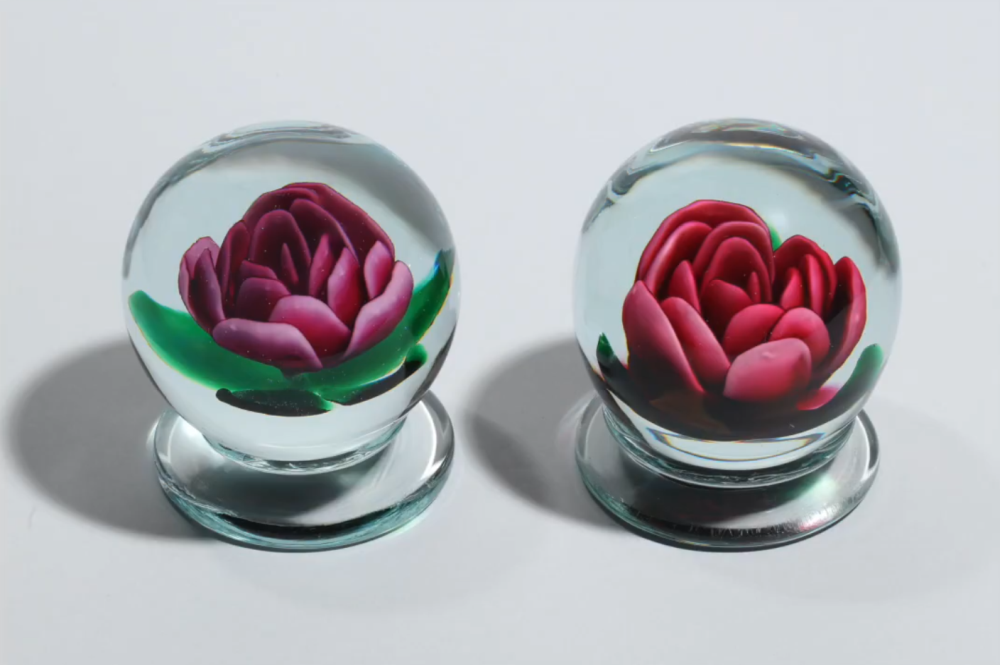
[Image above] Close-up of an ancient Roman glass fragment that naturally formed a photonic crystal structure on its surface through environmental weathering. Credit: Giulia Guidetti, Tufts University
When Fiorenzo Omenetto, Frank C. Doble Professor of Engineering at Tufts University in Massachusetts, was visiting the Italian Institute of Technology’s Center for Cultural Heritage Technology, a shard of sparkling glass sitting on a shelf caught his eye. Dubbed the “wow” glass by the Center’s staff, the fragment was a piece of dark green Roman glass recovered near the ancient city of Aquileia, Italy, dated between 100 BCE and the 100 CE.
Aquileia was founded by the Romans in 181 BCE. The city eventually became a center for trade, including forged metal, Baltic amber, wine, and glass, and as such is considered a significant archaeological site.
Archaeologists found the “wow” glass during a field-walking survey around Aquileia in 2012. The piece stood out from hundreds of other glass fragments collected during that survey, though, because instead of the slight iridescent often found on ancient glasses due to surface weathering, the “wow” glass had an almost perfect mirror-like gold reflection.
Omenetto and his colleagues decided to take a closer look at the “wow” glass to determine why it was so different. They received permission from Arianna Traviglia, director of the Center, to bring the piece back to the Silklab at Tufts University for analysis. The results of this investigation are reported in a recent paper that includes collaborators at Tufts, the Center, and Carl Zeiss Microscopy LLC.
From a composition standpoint, the glass was not unique from other glasses of that era. Its bulk was a typical soda–lime–silica composition produced during the Roman period. Because there was a high level of titanium, the sand used to make the glass was probably of Egyptian origin; the green color was attributed to iron.
On the glass’s surface, exposure to the environment had triggered dissolution and reprecipitation processes that resulted in the formation of a millimeter-thick film, or patina. The parts of the patina that were directly in contact with the dark green bulk glass reflected blue light and remained strongly adhered, while the outermost portions had a golden appearance and tended to flake off.
The patina’s structure was the key to the glass’s unique mirror-like reflection. Cross-sectional imaging showed the patina featured an alternating arrangement of micrometer-thick silicon and sodium layers of high and low densities. Scanning electron microscopy showed these layers consisted of highly ordered nanostructures, which individually behaved like high-reflectivity Bragg stacks.
Bragg stacks are a type of photonic crystal, or periodic optical structure that can control the flow of light. These stacks, which are fabricated by alternating materials with different refractive indices to form multiple layers, are found in the core of modern-day optical fibers.
In the “wow” glass, the Bragg stacks formed naturally without the need for human intervention. The collective behavior of these nanostructures resulted in the brilliant metallic sheen on the glass surface, which achieved an exceptionally high reflectance of about 80% with respect to a silver mirror standard.
“It’s really remarkable that you have glass that is sitting in the mud for two millennia and you end up with something that is a textbook example of a nanophotonic component,” says Omenetto in a Tufts news release.
In future work, the researchers hope to mimic this natural corrosion and reconstruction process in the lab—on a significantly faster timescale, of course. Doing so would allow for photonic crystals to be grown instead of manufactured.
The paper, published in Proceedings of the National Academy of Sciences, is “Photonic crystals built by time in ancient Roman glass” (DOI: 10.1073/pnas.2311583120).
Author
Laurel Sheppard
CTT Categories
- Art & Archaeology
- Glass


